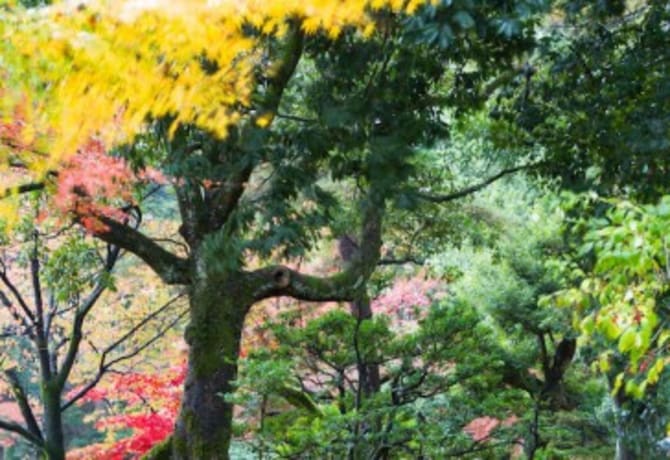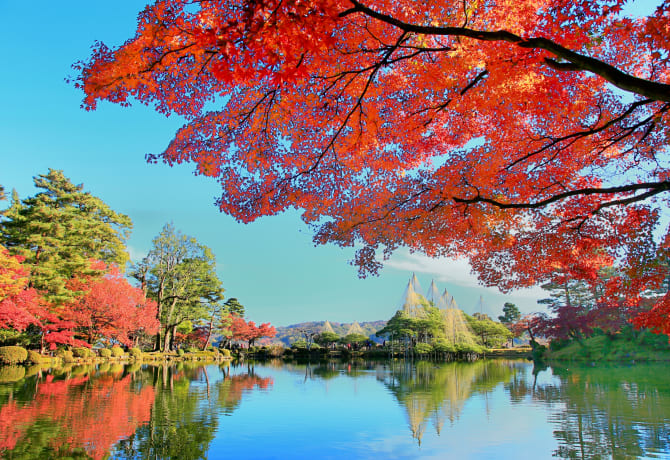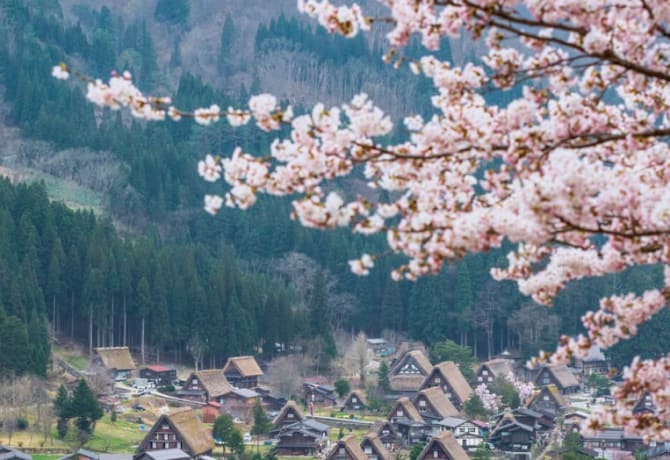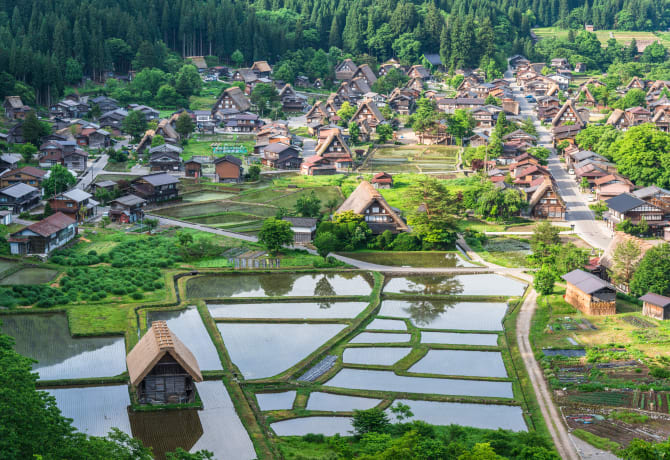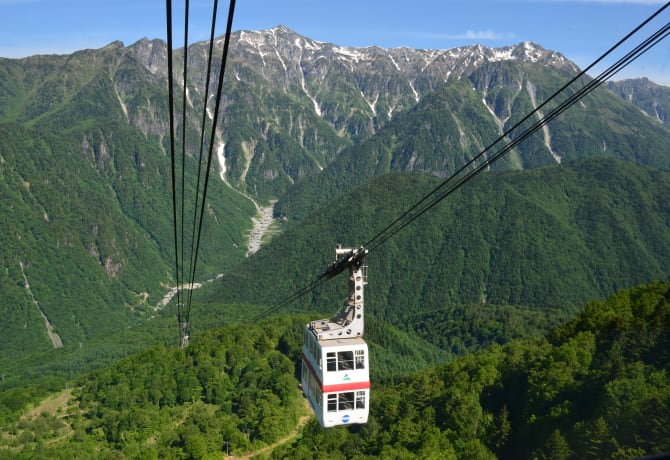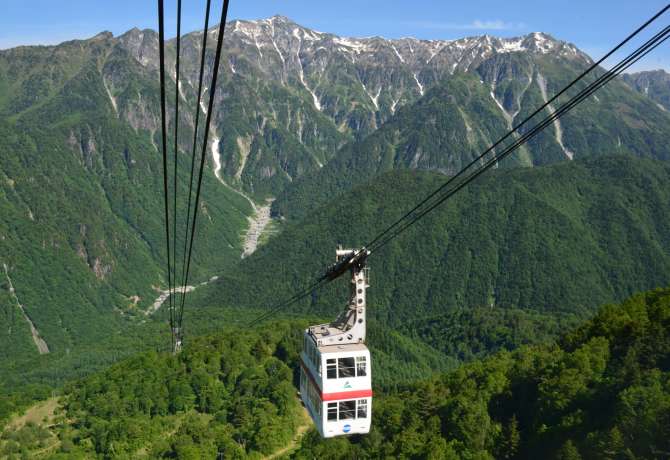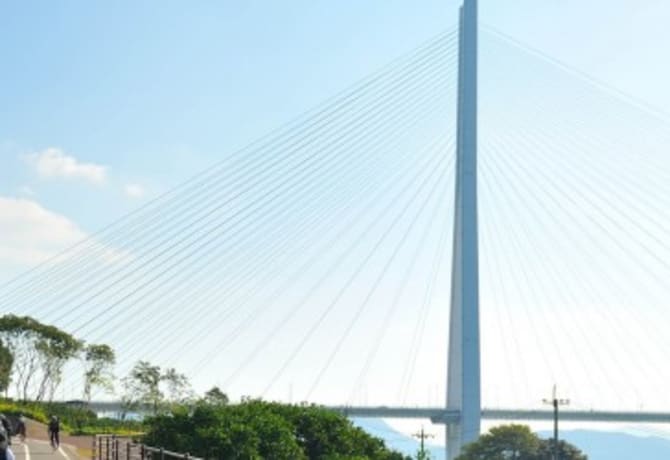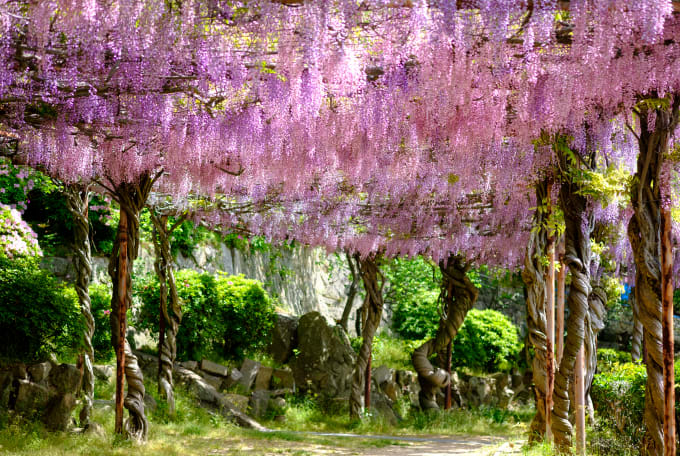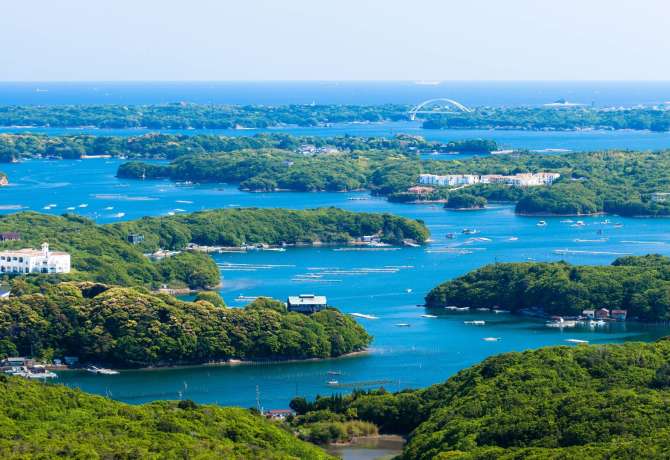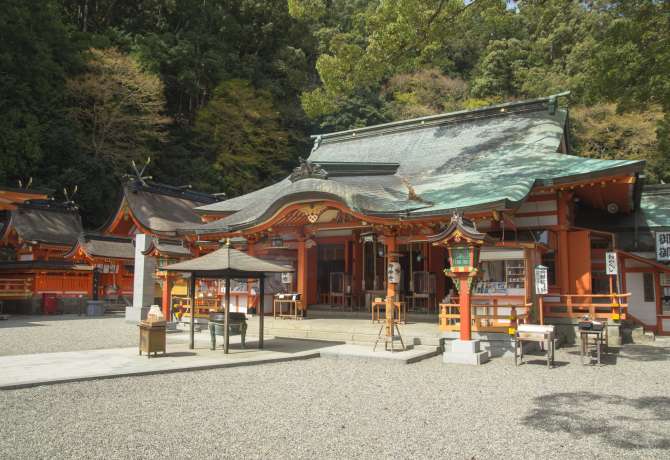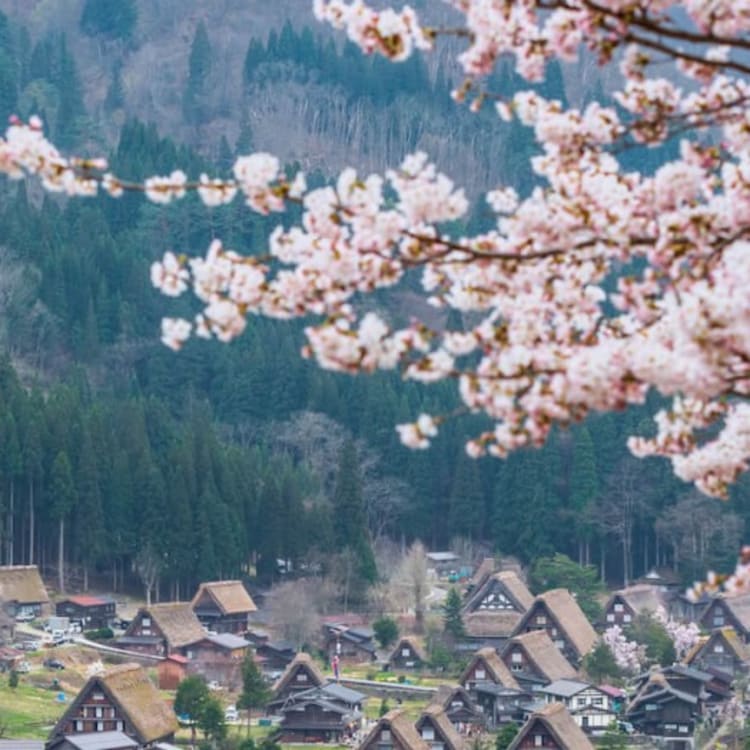
ITINERARIES The Old Way of Shoryudo
The Old Way of Shoryudo
On the way, you’ll visit the unspoiled highlands of Nagano, the ‘Crow Castle’ of Matsumoto, the Geisha districts of Kanazawa, the traditional pearl divers of Mikimoto and many more ancient delights – an unparalleled window into the Japan of yesteryear.
Highlights
- The Kumano Kodo pilgrimage trails
- Traditional villages of Shirakawago and Gokayama
- The Shiga Highlands
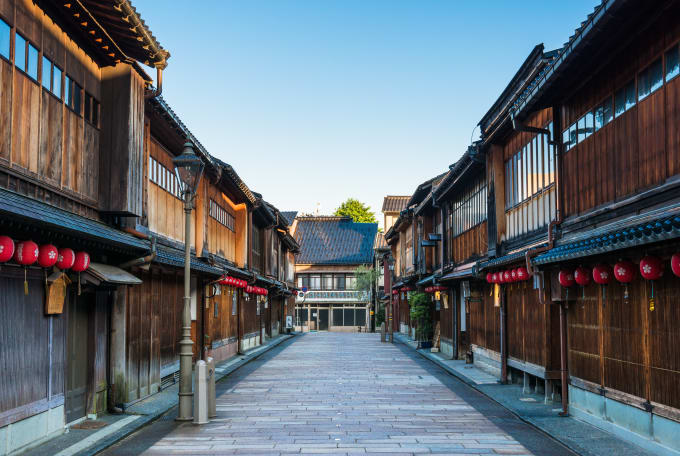
This Geisha district is distinguished by wonderful lattice windows and offers a vibrant glimpse of the past in the present. Some are open to the general public, with explanations provided in English.
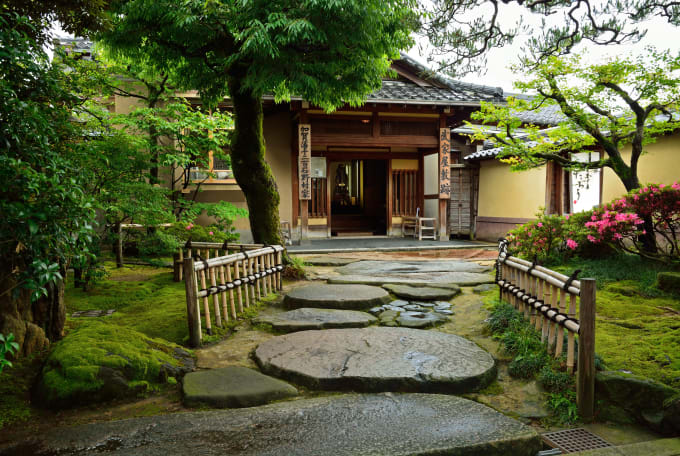
Located in the samurai district of Nagamachi, Nomura-ke is a restored samurai residence that doubles as a museum of the period and the lifestyle of this warrior class.
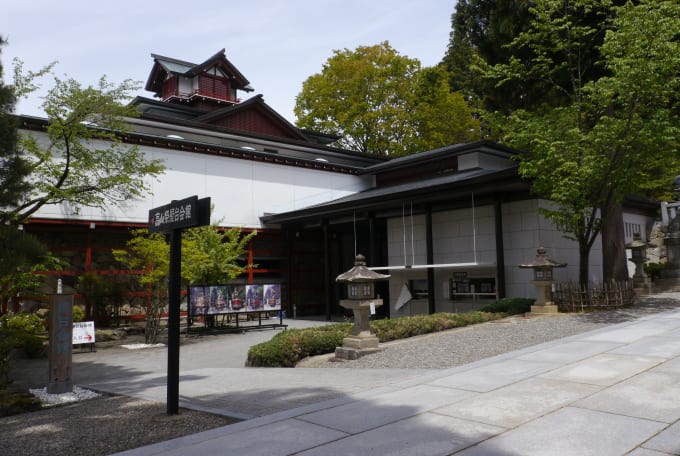
Next to Sakurayama Hachimangu Shrine is the exhibition hall where some of the festival floats are displayed, showcasing centuries-old Takayama craftsmanship.
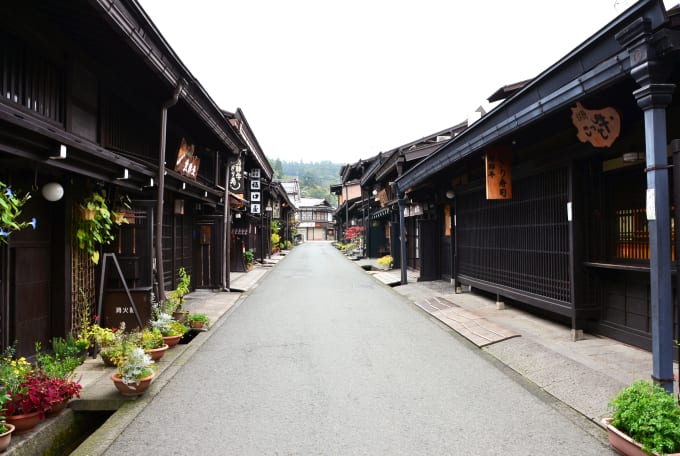
Whole streets of Takayama’s old town hail from the Edo Period; you can visit houses, merchant shops and sake breweries that are hundreds of years old.

This gorgeous resort is flanked by high mountains, including the active volcano Yakedake. Private cars are banned here, which only adds to the serenity.

This castle, uncharacteristically built on a plain instead of a hill, is known for its grandeur and being one of the few relatively complete historical Japanese castles.
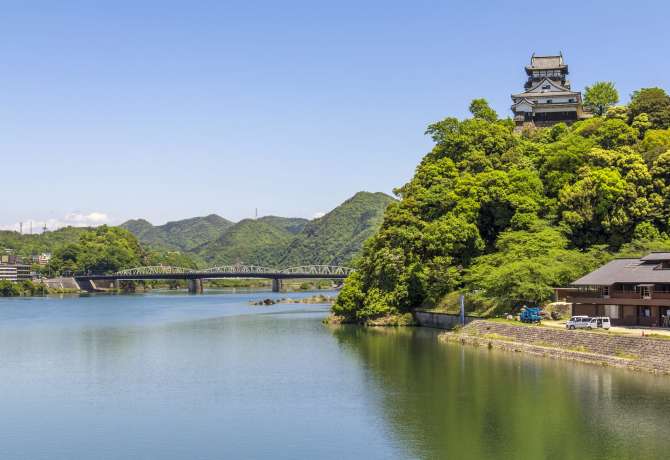
This castle’s main keep is a designated national treasure, and it’s easy to see why: steep stairs, no modern additions and beautiful views of the surrounds.

With more than 60 buildings from the Meiji period, this intriguing open-air museum is one of the premier attractions of Inuyama and is undoubtedly worth your time.

A selection of onsen delights awaits you here in Nagashima Spa Yuami no Shima, with its uniquely Japanese balance of manmade and natural environments.
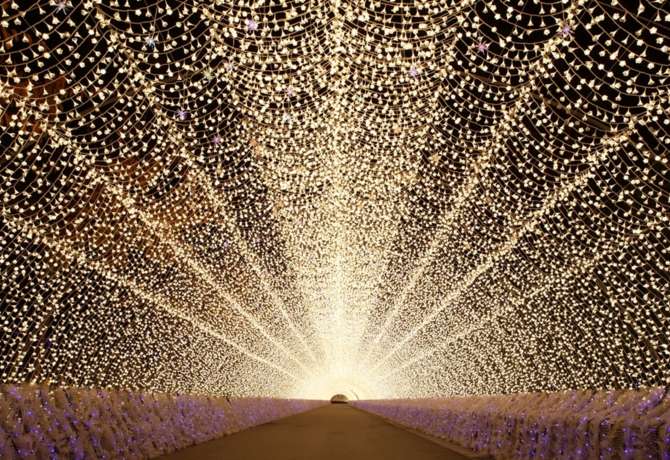
This flower park’s seven-month-long night illumination is just one of its appealing qualities, which also includes one of the biggest flower festivals in the country.

The Inner Shrine of Kotaijingu (Naiku) is over 2000 years old and celebrates the Sun Goddess. It is demolished and rebuilt every 20 years according to Shinto tradition.

On the approach to the shrines is this district, capturing the look and feel of Edo and early Meiji periods. Restaurants serve great regional specialties.

At this shrine, ama (female pearl divers) worship Ishigami, the goddess of stones and protector of women. You can also buy a popular star amulet here.
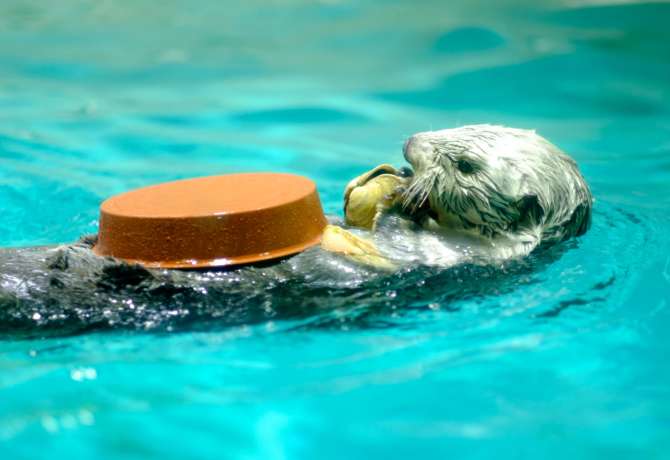
This aquarium is divided into 12 main zones, including areas devoted to Japanese rivers and seas – as well as special exhibition rooms and a sea lion show.

Shinto legend has it that three deities, or Kami, descended onto a rock near this shrine. The rock is worshipped—as are the contents of the treasure hall.



















































